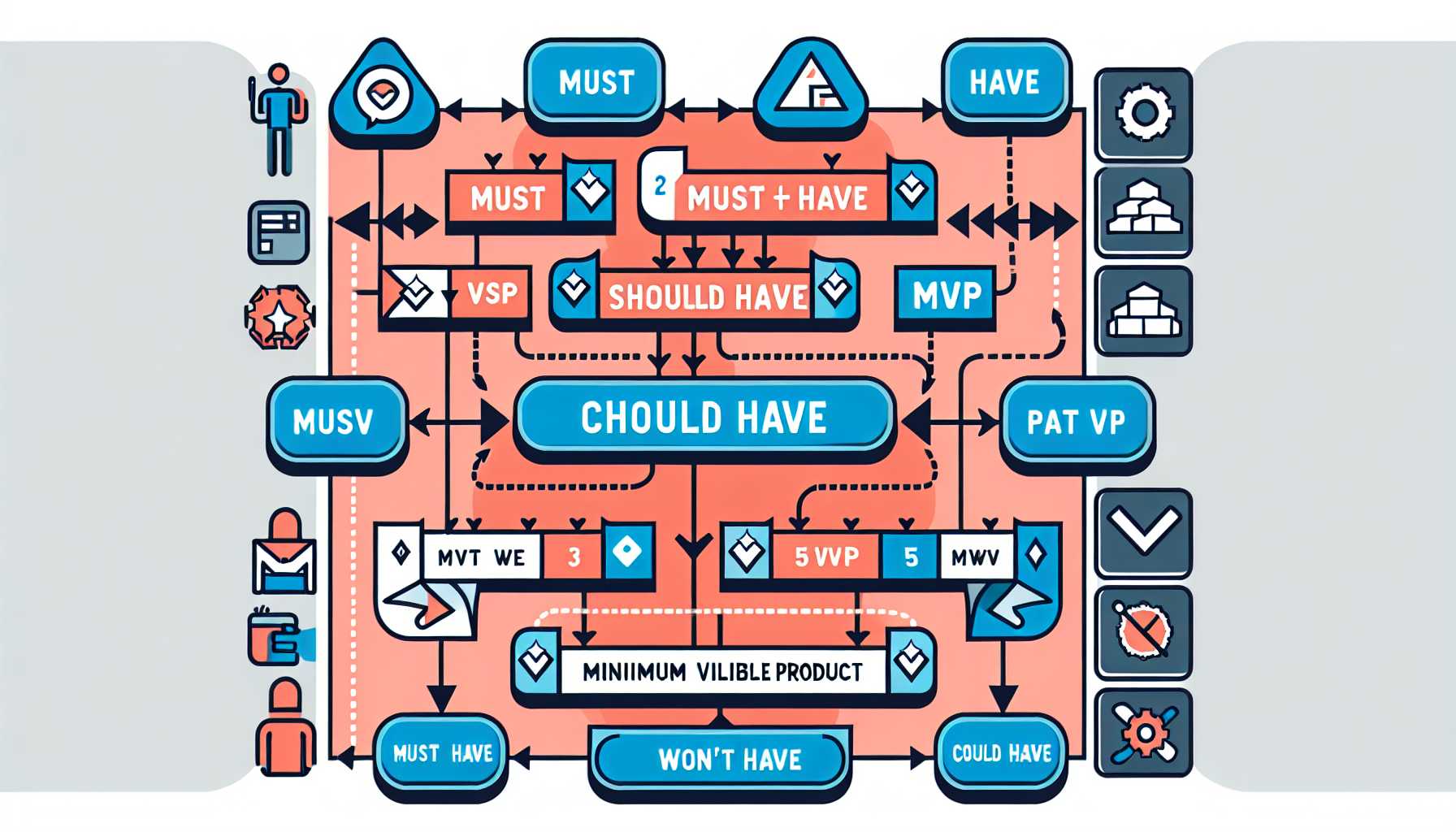Welcome back to my blog! In today’s post, I want to delve into the challenges of implementing the Minimum Viable Product (MVP) approach in the realm of software development. Having led several product teams through this process, I’ve encountered both the highs and lows that come with striving to strike that delicate balance between innovation, feasibility, and market needs.
Understanding the MVP Concept
Before we tackle the challenges, let’s quickly refresh our understanding of what an MVP is. An MVP is the simplest version of a product that allows a team to collect the maximum amount of validated learning about customers with the least amount of effort. It’s a core component of the Lean Startup methodology and is intended to minimize the time and resources spent on development by releasing a basic version of your product to early adopters.
Challenge 1: Defining ‘Viable’
One of the biggest hurdles I’ve faced when guiding teams through MVP development is agreeing on what ‘viable’ means. Stakeholders typically have differing opinions on what features are must-haves for the launch. In a project I led at an early-stage startup, our MVP scope ballooned as different departments lobbied for what they considered essential features. What started as a simple project turned into a complex one with a timeline that stretched far beyond what we had envisioned.
To counter this, we used the MoSCoW method (Must have, Should have, Could have, Won’t have) to prioritize and keep our focus tight. A visual representation like the one below helped everyone to understand and agree upon the MVP’s feature set.
Challenge 2: Managing Expectations
Another significant challenge is managing expectations – both of your team and of your stakeholders. The MVP is often mistaken for a lesser-quality product rather than a strategic step. In an enterprise project I managed, the sales team struggled to understand why certain features were excluded. They feared the MVP would undermine their efforts by presenting a substandard solution to potential clients.
I’ve found that ongoing communication and education are critical to mitigating this risk. It’s important to explain that the MVP is a learning tool, not the final product. Regular updates and roadmaps showing the evolution from MVP to a fully fleshed-out product can help to align everyone’s understanding and expectations.
Challenge 3: Balancing Speed with Quality
Striking the right balance between speed and quality can feel like walking a tightrope. I remember working on a SaaS MVP within a highly competitive market. The need to be first to market led us to cut corners in development to save time. When our MVP hit the market, it was full of bugs and ultimately hurt our brand’s credibility. This taught me that the MVP must be fast, but it also must be dependable. Focusing on technical debt management and including only the well-thought-out core functionalities proved to be the better strategy in subsequent MVPs I’ve overseen.
It’s a fine line between underdeveloped and over-engineered, and finding that perfect midpoint is often where the true challenge lies.
Challenge 4: Incorporating Feedback Appropriately
Feedback is the currency of MVP development, but knowing what to do with it is another challenge. When we released an MVP for a mobile app, we were flooded with user feedback. Not all of it aligned with our vision, and some contradicted other feedback. We used the Kano Model to categorize feedback into ‘delighters’, ‘satisfiers’, and ‘basic needs’—this helped in making informed decisions about which features to add, enhance, or remove.
Remember, not all feedback is equal. Some may come from power users, whose needs differ significantly from your target market, so always weigh feedback against your product’s strategic objectives.
Conclusion
Embracing the MVP approach in software development is a balancing act that requires clear vision, steadfast prioritization, and robust feedback mechanisms. The challenges are substantial, but with the right mindset and tools, they can be navigated successfully. Ultimately, the MVP is about learning as much as possible with the least amount of effort—not just pushing a product out the door.
In reflecting on these experiences, I hope you find insights that will help you on your product management journey. Remember, the perfect MVP does not exist, but the perfect learning opportunity does. Until next time, I wish you good fortune on your path to product excellence.

